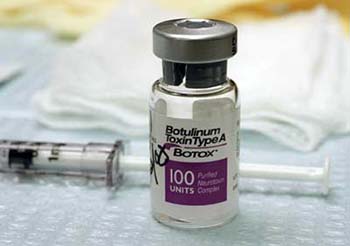Overactive bladder (OAB)
Overactive bladder is a common condition affecting women and men, which can have a significant impact on a patient’s (and partner’s) quality of life. Symptoms include urgency (the need to rush to pass urine), frequency (going to pass urine often), nocturia (needing to get up at night to pass urine) and urinary urge incontinence (urine leakage). It is caused by the bladder muscle contracting too readily, often at inconvenient times.
The cause of OAB is unknown. Before a diagnosis of OAB can be made it is important to rule out any significant underlying cause of the symptoms. Investigations may include:
- urine test for infection or abnormal cells (cytology)
- bladder scan
- bladder function test (urodynamics)
- urine flow test (especially in men)
- flexible cystoscopy (examination of the bladder with a flexible telescope)
In some patients there is an identifiable underlying cause. These can include nerve damage or neurological disease such as multiple sclerosis, Parkinson’s disease, or stroke, in which case the diagnosis is called neurogenic detrusor overactivity.
More significant underlying causes which need to be ruled out include bladder cancer, urinary tract infections (see above) and benign prostatic enlargement.
[/toggle]
Lifestyle changes and behavioural regimens have been shown to improve symptoms. The most straightforward is decreasing caffeine or alcohol intake. Others include losing weight and stopping smoking. Behavioural regimens range from simple manoeuvres such as timed or prompted urination and fluid management to biofeedback. Pelvic muscle exercises (Kegel exercises) may also help.
OAB is usually treated in a step-wise fashion, starting with the most straightforward, least invasive treatment first, and only moving on to more complex treatments after initial treatments have not worked.
Treatments include:
- behavioural therapies
- drugs (anticholinergic medication, beta3 agonists)
- injection of botulinum toxin into the bladder muscle
- electrical stimulation of the bladder (neuromodulation)
These drugs inhibit contraction of the bladder muscle. They include:
- oxybutynin
- tolterodine
- fesoterodine
- solefenacin
- trospium chloride
- darifenacin
These drugs may improve symptoms for a number of patients, but may have side effects including a dry mouth and constipation.
Mirabegron (trade name = Betmiga) enhances the sympathetic nerves that promote bladder relaxation. It acts on a different pathway to anticholinergics. Some patients tolerate this better than anticholinergics. Occasionally they can be used in combination to give extra benefit
This drug may improve symptoms for a number of patients. Rarely it is associated with increased blood pressure.






